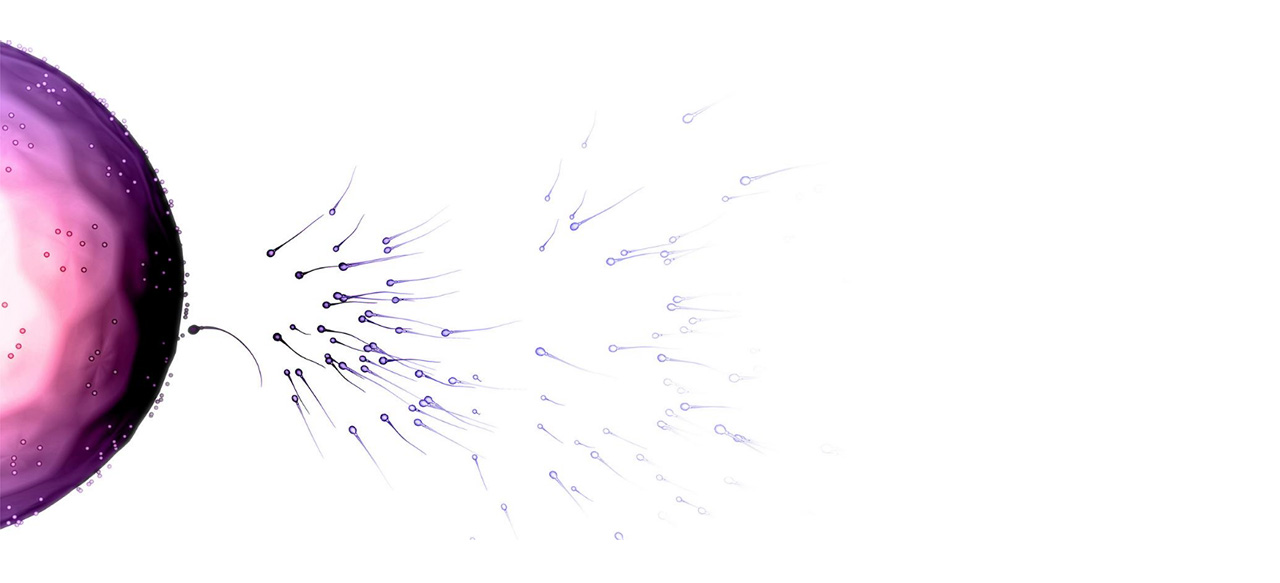Testosterone Therapy in Men With Hypogonadism: An Endocrine Society Clinical Practice Guideline
Librarian's Comment : On March 17 the Endocrine Society released an update of the Guidelines for Testosterone Therapy in Men with Hypogonadism, which has been much awaited since the last version of 2010. The current guidelines were cosponsored by the European Society of Endocrinology and endorsed by the European Academy of Andrology and although they are largely congruent with the 2010 version, they have incorporated the new scientific evidence gathered from recent RCTs (e.g. Testosterone Trials) and meta-analyses. Moreover, much effort has been devoted to address growing public concerns about the recent increase in “off label” testosterone (T) prescribing and the subsequent warning of US Food and Drug Administration regarding possible increased risks for myocardial infarction and stroke with testosterone replacement therapy (TRT).Published in : The Journal of Clinical Endocrinology & Metabolism
Authors : Shalender Bhasin Juan P Brito Glenn R Cunningham Frances J HayesHoward N Hodis Alvin M Matsumoto Peter J Snyder Ronald S Swerdloff Frederick C WuMaria A Yialamas
Abstract : Objective To update the “Testosterone Therapy in Men With Androgen Deficiency Syndromes” guideline published in 2010. Participants The participants include an Endocrine Society–appointed task force of 10 medical content experts and a clinical practice guideline methodologist. Evidence This evidence-based guideline was developed using the Grading of Recommendations, Assessment, Development, and Evaluation approach to describe the strength of recommendations and the quality of evidence. The task force commissioned two systematic reviews and used the best available evidence from other published systematic reviews and individual studies. Consensus Process One group meeting, several conference calls, and e-mail communications facilitated consensus development. Endocrine Society committees and members and the cosponsoring organization were invited to review and comment on preliminary drafts of the guideline. Conclusions We recommend making a diagnosis of hypogonadism only in men with symptoms and signs consistent with testosterone (T) deficiency and unequivocally and consistently low serum T concentrations. We recommend measuring fasting morning total T concentrations using an accurate and reliable assay as the initial diagnostic test. We recommend confirming the diagnosis by repeating the measurement of morning fasting total T concentrations. In men whose total T is near the lower limit of normal or who have a condition that alters sex hormone–binding globulin, we recommend obtaining a free T concentration using either equilibrium dialysis or estimating it using an accurate formula. In men determined to have androgen deficiency, we recommend additional diagnostic evaluation to ascertain the cause of androgen deficiency. We recommend T therapy for men with symptomatic T deficiency to induce and maintain secondary sex characteristics and correct symptoms of hypogonadism after discussing the potential benefits and risks of therapy and of monitoring therapy and involving the patient in decision making. We recommend against starting T therapy in patients who are planning fertility in the near term or have any of the following conditions: breast or prostate cancer, a palpable prostate nodule or induration, prostate-specific antigen level > 4 ng/mL, prostate-specific antigen > 3 ng/mL in men at increased risk of prostate cancer (e.g., African Americans and men with a first-degree relative with diagnosed prostate cancer) without further urological evaluation, elevated hematocrit, untreated severe obstructive sleep apnea, severe lower urinary tract symptoms, uncontrolled heart failure, myocardial infarction or stroke within the last 6 months, or thrombophilia. We suggest that when clinicians institute T therapy, they aim at achieving T concentrations in the mid-normal range during treatment with any of the approved formulations, taking into consideration patient preference, pharmacokinetics, formulation-specific adverse effects, treatment burden, and cost. Clinicians should monitor men receiving T therapy using a standardized plan that includes: evaluating symptoms, adverse effects, and compliance; measuring serum T and hematocrit concentrations; and evaluating prostate cancer risk during the first year after initiating T therapy.








